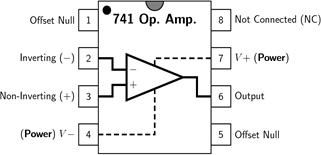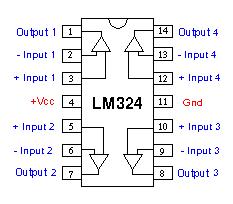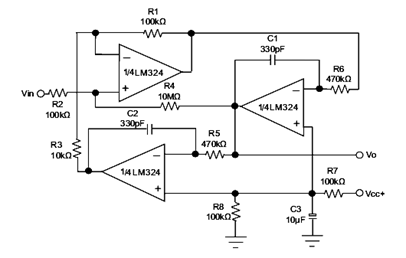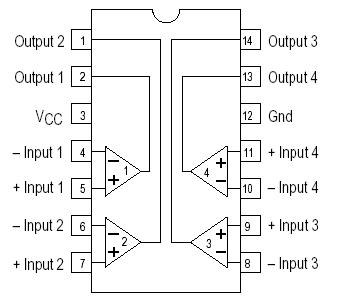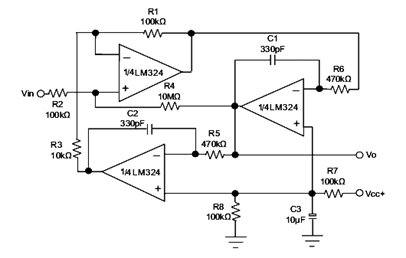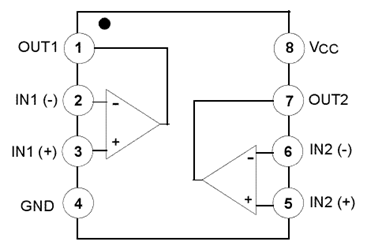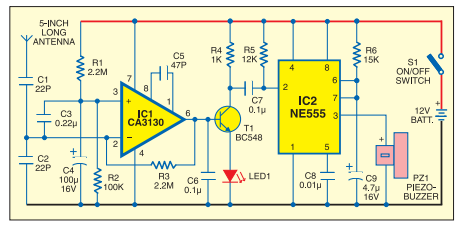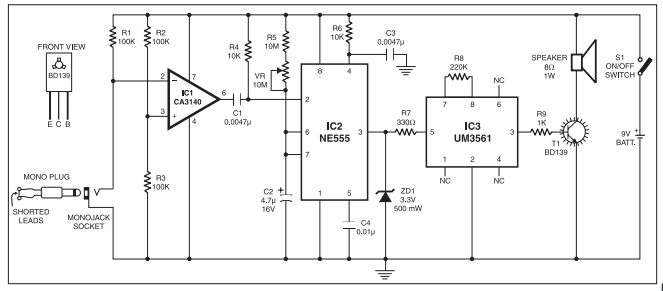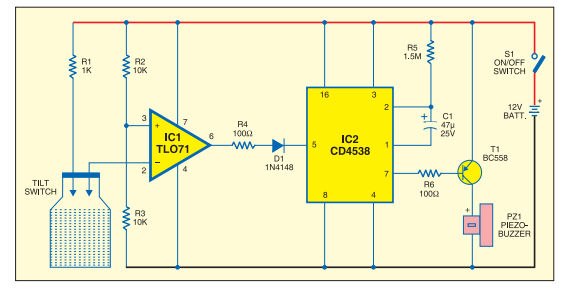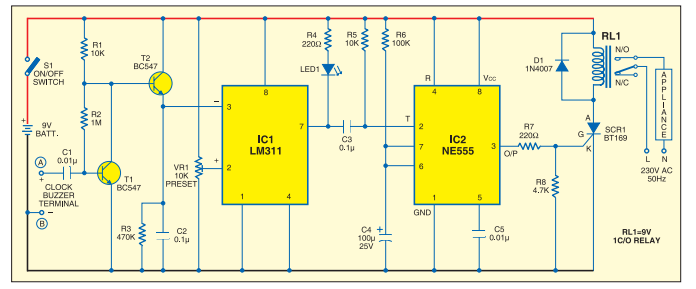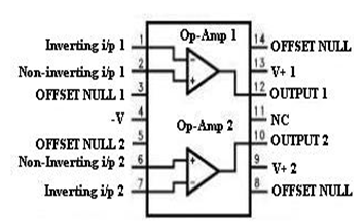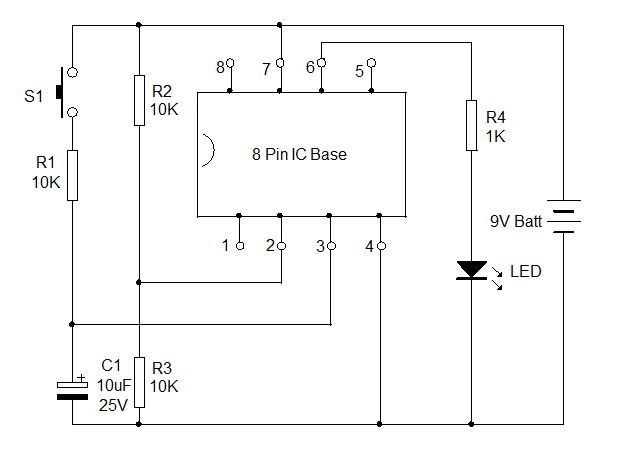The level of interest in multi-rotor aircraft has increased dramatically in the past couple of years. There have been heaps of noob posts in this forum in the past few months, and it seems that good information is spread out over many threads and can be hard to find. The purpose of this thread is to help people who have little or no multi-rotor (or RC) experience to buy the right equipment and successfully get an aircraft into the air. Hopefully this guide will de-mystify the process and help people through the process of selecting suitable components which work well together.
If the concept of building an aircraft from scratch scares you, then you're probably in the wrong thread.
What are all these parts for?
A brief explanation of what all the major parts do:
A brief explanation of what all the major parts do:
Frame - the structural component of your aircraft, keeping everything where it belongs. All of your components will be connected to your frame in some way.
Control board - the "brains" that keeps your aircraft steady in the air, and translates the pilot’s commands into movement. It uses various sensors and a micro-processor to determine what your aircraft is doing, and makes adjustments to the aircraft’s motor speeds to keep it controllable.
Radio receiver - Receives commands from the pilot’s radio and relays them to the aircraft’s control board.
Motor and propeller - create thrust and lift from stored electrical energy.
Electronic Speed Controller (ESC) - convert DC power from the battery to AC power to the motors. By varying the current and timing of electrical pulses, the speed of the motor can be changed.
Battery - the source of electrical power for all the other components. The size of the battery can vary widely, depending on the number of motors, the size of the motors, the weight of any payload and the flight time desired.
Power distribution board - a simple circuit board which makes connecting multiple ESC’s wiring to the same battery simple and neat. This can also be made from cables, particularly for large aircraft with high current. Some frames have power distribution circuitry built into the frame.
What are you trying to do?
The very first step in building a multi-rotor aircraft should be to decide what you want it to be able to do. Some people just want to fly around, some want to carry cameras or other payloads, some want to do aerobatics, some want to build an automated drone aircraft. An aerobatic aircraft will not be very good at carrying a heavy payload, and vice versa. So you need to make this decision first - all of your component selections will depend on this decision.
The very first step in building a multi-rotor aircraft should be to decide what you want it to be able to do. Some people just want to fly around, some want to carry cameras or other payloads, some want to do aerobatics, some want to build an automated drone aircraft. An aerobatic aircraft will not be very good at carrying a heavy payload, and vice versa. So you need to make this decision first - all of your component selections will depend on this decision.
Pick your brains
The next step is to determine which control board your aircraft will use. The control board is the "brains" that will keep your aircraft steady in the air, and translate your commands into movement. Control boards range from basic control boards to very expensive boards with autopilot, advanced self-stabilisation and camera gimbal controls costing several hundred dollars.
The next step is to determine which control board your aircraft will use. The control board is the "brains" that will keep your aircraft steady in the air, and translate your commands into movement. Control boards range from basic control boards to very expensive boards with autopilot, advanced self-stabilisation and camera gimbal controls costing several hundred dollars.
I'd recommend the KK 2.0 control board to begin with. It's relatively cheap , it can be configured for various motor configurations, it has sufficient sensors to be reasonably stable out of the box, and it has a built-in setup routine on an LCD screen to walk you through the setup process.
Keeping it together
Next, we'll need to select a frame. Frames need to be strong enough to withstand the forces of opposing motors without flexing and cope with rough landings without breaking. Meanwhile, it must also be light enough that your motors can easily lift it, and ideally have a small aerodynamic profile to avoid being too affected by wind. Frames may also be required to dampen vibration, or to support a camera or other equipment.
Next, we'll need to select a frame. Frames need to be strong enough to withstand the forces of opposing motors without flexing and cope with rough landings without breaking. Meanwhile, it must also be light enough that your motors can easily lift it, and ideally have a small aerodynamic profile to avoid being too affected by wind. Frames may also be required to dampen vibration, or to support a camera or other equipment.
Your frame selection will depend on what you want your aircraft to do. For the sake of simplicity, I’ve assumed you’re going for a 4-motor craft, commonly referred to as a quadcopter.
Picking powerplants
This is a big subject and rather long-winded, so please bear with me.
Choosing the right motor is important for good performance in any aircraft, but it’s particularly critical in a multi-rotor aircraft where your aircraft is literally hanging in the air, suspended under rotors. With the sheer number of motors available, and the array of different sizes, speeds and specifications for each motor, choosing suitable motors can be a daunting task.
To begin the basic selection process, we need to how much thrust will be required to keep the craft in the air. The basic rule of thumb with multi-rotors is that your motors should be capable of producing twice the total flying weight of your craft in thrust. This “safety margin” ensures that your motors will be capable of responding quickly to your control inputs, or arresting a rapid vertical descent, even when your battery voltage is reduced over time.
Our equation is therefore as follows: required thrust per motor = ( Aircraft weight x 2 ) / 4 motors
So for a 4-motor craft, each motor must be capable of producing half the aircraft’s weight in thrust.
So for a 4-motor craft, each motor must be capable of producing half the aircraft’s weight in thrust.
No doubt you’re already seeing the problem with this equation – you don’t actually know what your aircraft will weigh yet! Fortunately we can make some educated guesses to get us in the ballpark. For the purpose of estimation, we can assume that each motor and its accompanying propeller weighs 100 grams – a total of 400 grams for 4 motors. Add the weight of the frame, which is likely to be around 450-500 grams. Add another 300 grams for the battery, and another 100 grams for the 4 ESC’s and their wiring & plugs. And your radio receiver, control board and wiring will probably weigh another 50 grams or so. If you’re carrying a payload, such as a camera or other special equipment, you’ll need to add that as well.
For the average quadcopter, the total flying weight is likely to be around 1.3kg. Using the equation above, we now know we’re looking for a total thrust of 2.6kg, or 650g per motor. We now know we’re looking for motors weighing up to 100 grams, which can generate at least 650 grams of thrust using a 3-cell battery and a propellor of 8-12 inches diameter (see more on this below).
For aerobatic aircraft, you should be looking at motors of around 1000-1400kV and relatively small propellers. These will make your aircraft more responsive and allow flips and other aerobatic manoeuvres, at the expense of being a little more difficult to control.
For larger multi-rotors, or aircraft carrying payloads, large propellers and low-kv motors work best. These have more rotational momentum, and will more easily maintain your aircraft’s stability. Look for 700-900kv motors capable of making the thrust you need.
You’re now ready to start looking for motors. The list of specifications for each motor on HobbyKing can be daunting, but try to check for the following items on each motor:
1. Weight - 100 grams or less
2. Voltage - 3-cell (11.1V) generally what you’re looking for
3. Motor speed (kV) - choose according to the speed guidelines above
4. Thrust data - this is sometimes missing from the product description, but can often be found in the reviews or comments. Look for thrust data for the voltage and prop size as per the guidelines above.
1. Weight - 100 grams or less
2. Voltage - 3-cell (11.1V) generally what you’re looking for
3. Motor speed (kV) - choose according to the speed guidelines above
4. Thrust data - this is sometimes missing from the product description, but can often be found in the reviews or comments. Look for thrust data for the voltage and prop size as per the guidelines above.
Choosing a speed controller
Once you've picked out the motor you will use, you also need to select the Elecrotronic Speed Controller (ESC) that will run it. Thankfully, this task is much simpler than motor selection.
Once you've picked out the motor you will use, you also need to select the Elecrotronic Speed Controller (ESC) that will run it. Thankfully, this task is much simpler than motor selection.
ESCs are primarily rated for the amount of current they can constantly supply to the motor. Some may also have a "burst current" rating, but this should be ignored for now. Determine the maximum current draw from your chosen motor's specifications. Add a 10% safety margin, and look for ESCs rated for at least this amount of current. You will also need to check that your chosen ESC is rated for the correct number of battery cells (usually 3 cells or 11.V) and ensure that it's not too heavy. Once again, any excess weight will be quadrupled, since you need 4 of these items.
Be aware that you need 4 identical ESCs for your aircraft. It's possible to make a quadcopter fly with 4 different ESCs, but it will be more erratic and much harder to control.
Propellers
It's a pretty simple job to select propellers, in theory. The specifications for your motor should indicate roughly what size you need, to create the thrust you're seeking. However, there are a few complications.
It's a pretty simple job to select propellers, in theory. The specifications for your motor should indicate roughly what size you need, to create the thrust you're seeking. However, there are a few complications.
The main issue is finding propellers which are available in both standard and counter-rotating arrangements. Multi-rotors have half the motors spinning clockwise (CW), and the other half will be spinning counter-clockwise (CCW) - thus effectively balancing out each other's torque for a stable equilibrium. To make it easier for you, HobbyKing sell a variety of sizes of propellers in CW and CCW bundles, ranging from 5" all the way up to 13" diameter.
Each of your new propellers need to be balanced before they're used on your aircraft. Slight flaws in the casting process mean that one blade of your propeller can be slightly heavier than the other, creating a vibration when the propeller is spinning quickly.
Battery
When choosing a battery, the two main things to be concerned with are capacity and weight. On the face of it, it seems simple - a battery with a greater capacity will keep your aircraft in the air for longer.
However, batteries with greater capacity are also heavier, which means your motors need to work harder to keep the aircraft in the air. You may end up getting a shorterflight time from a larger battery, if you're not careful.
When choosing a battery, the two main things to be concerned with are capacity and weight. On the face of it, it seems simple - a battery with a greater capacity will keep your aircraft in the air for longer.
However, batteries with greater capacity are also heavier, which means your motors need to work harder to keep the aircraft in the air. You may end up getting a shorterflight time from a larger battery, if you're not careful.
The method I used to decide which battery to use is relatively simple. My motor-choice rule of thumb is to have twice as much thrust as my aircraft weighs. Since the battery is the last main (heavy) component I'm selecting, I now have a pretty good idea how much thrust I will have, and how much weight I can afford to add. So I simply add up the weight of all my components and payload (minus the unknown battery) and calculate how much "spare" thrust I have to achieve the 2:1 thrust to weight ratio. I can then find a 3-cell battery of around that weight - easy.
As a starting point for your search, I'd suggest a 3S battery with a capacity of around 2700-3000mah. You may need to adjust that to suit your aircraft's weight and thrust. I personally recommend using Turnigy NanoTech batteries, because they have a good C rating and have excellent weight/capacity ratio.
Other electrical components
There are a couple of other electrical-related items needed for a complete multi-rotor aircraft - these are explained in greater detail below.
There are a couple of other electrical-related items needed for a complete multi-rotor aircraft - these are explained in greater detail below.
A power distribution board is often used to make connecting 4 sets of ESC wires together in a neat and orderly manner. Power distribution boards are usually a simple circuit board with 2 tracks, one for positive wires and one for negative wires.
A low battery alarm is another vital piece of equipment for any multi-rotor aircraft. This small item monitors your battery's voltage, and sounds an alarm when it drops below a certain amount.
Radio transmitter and receiver
Having a multi-rotor isn't much fun if you can't control it. You're going to need to have wireless communication with your aircraft to steer it in the right directions. If you already have a 4-channel (or more) radio, all you will need for your new multi-rotor is a spare 4-channel (or more) receiver, preferably a compact lightweight one. If you have additional channels, you may wish to control additional functions on the control board, such as auto-pilot or RTH if your board supports this, or to trigger lights, operate a camera or toggle a bomb drop.
Having a multi-rotor isn't much fun if you can't control it. You're going to need to have wireless communication with your aircraft to steer it in the right directions. If you already have a 4-channel (or more) radio, all you will need for your new multi-rotor is a spare 4-channel (or more) receiver, preferably a compact lightweight one. If you have additional channels, you may wish to control additional functions on the control board, such as auto-pilot or RTH if your board supports this, or to trigger lights, operate a camera or toggle a bomb drop.
